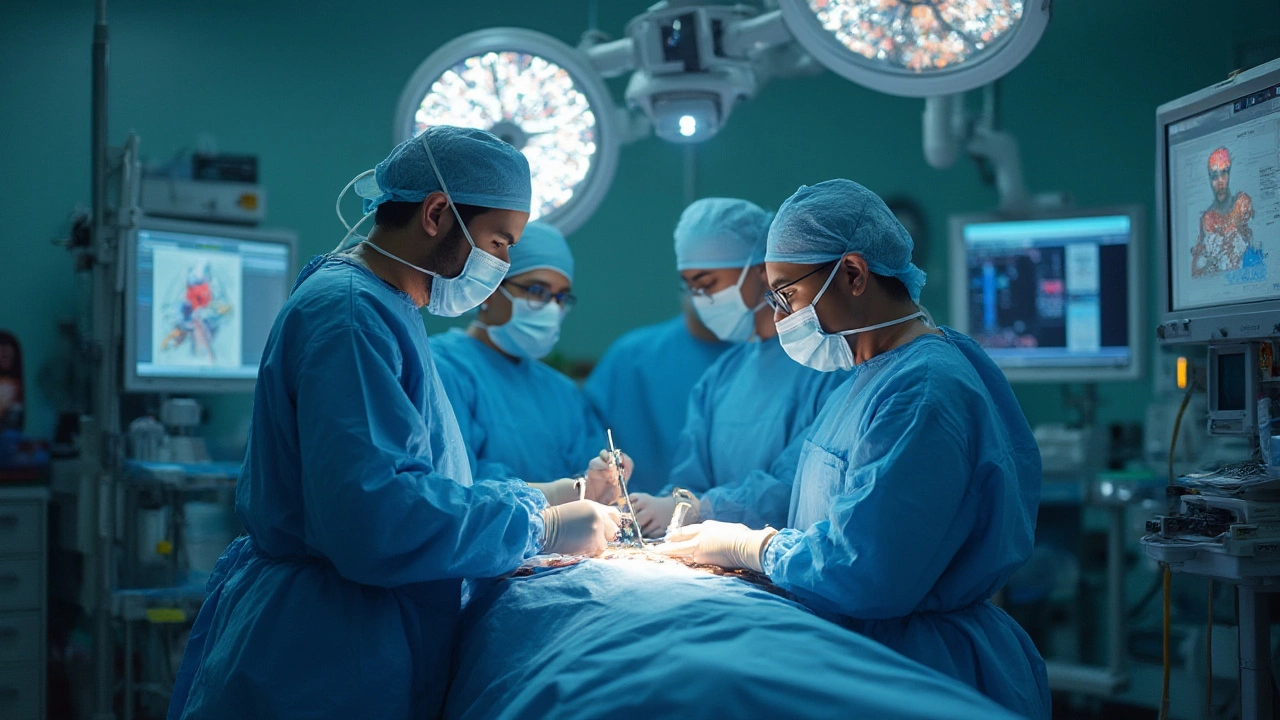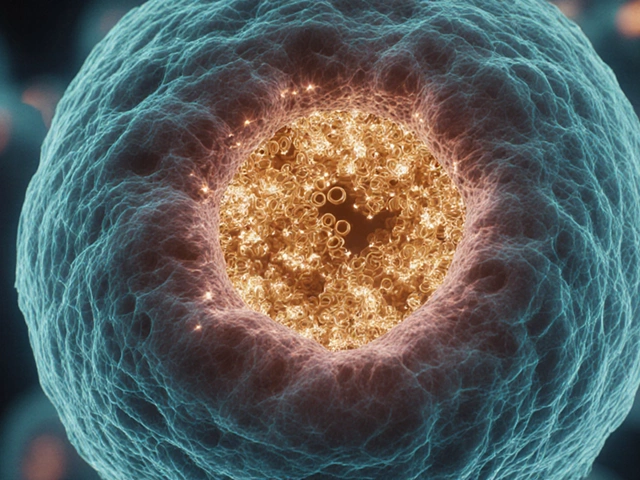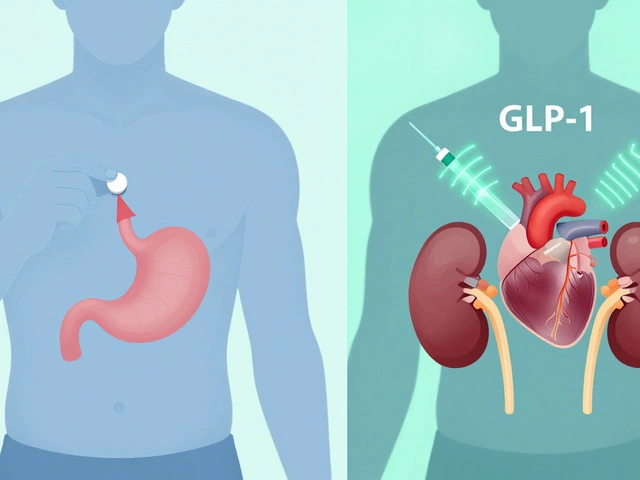If you’ve ever watched a hospital drama, odds are you’ve flinched at the sight of surgeons cracking open someone’s ribcage for heart surgery. This mental image just sticks with people, doesn’t it? But ask around in 2025, and you’ll find the answer’s more nuanced than yes or no. Technology and medical innovation have completely shaken up heart surgery procedures. The old days of routine rib-breaking are fading, but the story’s not as black and white as we’d like.
Breaking Ribs: The Classic Open-Heart Approach
Traditionally, if a person needed surgery directly on their heart—like a bypass, valve repair, or transplant—the surgeon had only one real way to get there: the median sternotomy. That’s a fancy term for slicing down the middle of the chest and separating the breastbone, or sternum. Technically, surgeons don’t “break” ribs but rather split the sternum. The image of ribs shattering everywhere is mostly pop culture gone wild. But, it’s not comfortable either way, right? The sternum split provides the widest, most reliable access to the heart with the least risk to other vital organs. Surgeons then pry apart the chest with a retractor—a metal device that gently, but firmly, keeps everything open. This method has been the gold standard for decades.
This classic approach means serious recovery: weeks in hospital followed by months at home before normal activities are possible. According to the American Heart Association, over 500,000 open-heart surgeries used this method worldwide each year as recently as 2015. Complications such as infection, delayed bone healing, breathing issues, and significant pain are well-documented. So, it’s not just TV drama—chest opening is absolutely real, and it comes with a tough road ahead.
Actual rib breaking is rare in this process, but sometimes a rib can be fractured accidentally, especially if there’s difficulty fitting the retractor. Patients with osteoporosis or older adults are at higher risk. Surgeons do everything possible to avoid this. But even splitting the sternum can be described as ‘cracking the chest,’ and it feels traumatic just hearing about it. Precise wiring holds the sternum in place for healing, and some people still feel that tightness or ache for a long time after surgery.
So, when folks imagine heart surgery and worry about someone cracking their chest open—that’s grounded in reality for many traditional cases. Yet, the world isn’t standing still, and neither is medical science. This is where things start to look very different from even a decade ago.

The Rise of Less Invasive Methods
Let’s face it, nobody likes the idea of having their chest spread wide open. Surgeons and patients both wanted something better. Enter the era of minimally invasive cardiac surgery. From the late 1990s, doctors started using smaller incisions—sometimes just a tiny cut between the ribs. When possible, they could reach the heart without splitting the sternum at all. Procedures known as “keyhole” surgeries became a game-changer. Here, surgeons use specialized tools and often a tiny camera called a thoracoscope for visualization.
Consider mitral valve repair—a procedure previously done only via sternotomy. Now, a skilled surgical team might fix the valve through an incision just four to six centimeters wide, slipping in instruments between the ribs. For coronary artery bypass grafting (CABG), there’s an option called “MIDCAB,” where doctors work through small chest openings. No big chest split, much less pain, and much quicker recovery.
Robotic surgery has kicked things further into the future. Using a computer interface and robotic arms, doctors perform incredibly precise movements from a console, which gets rid of the need for a large, gaping incision. The Da Vinci robot system is one such technology, now available in Pune and other major Indian cities. Heart centers report fewer complications, less scarring, and a return to work sometimes in weeks, not months.
Even with no sternotomy, there’s always the risk of minor rib trauma or bruising from inserting tools, especially in slender or elderly patients. But compared to splitting the whole chest bone, it’s on a totally different scale. According to a study published by The Lancet in 2023, over 45% of mitral valve surgeries in advanced cardiac centers are now conducted minimally invasively. These numbers keep climbing each year.
| Procedure Type | Traditional Sternotomy | Minimally Invasive | Robotic |
|---|---|---|---|
| Average Recovery (weeks) | 8-12 | 3-5 | 2-4 |
| Infection Risk (%) | 8-11 | 2-4 | 1-3 |
| Length of Hospital Stay (days) | 7-10 | 4-7 | 3-5 |
Of course, not every surgery can be done this way. If there’s a complex issue, extensive scarring, or a need to access multiple areas of the heart, surgeons might still open the sternum. But every year, more heart centers are pushing to do as much as possible without that big chest crack.
And then there’s TAVI (Transcatheter Aortic Valve Implantation), which is pure medical wizardry. A new valve is inserted using a thin tube through an artery in the groin or neck—no chest incision even needed. Patients sometimes go home in days, which, a decade ago, would have been pure science fiction. Now, it’s real and commonly done for people who can’t risk open surgery due to age or illness.
There’s no one-size-fits-all, but the future is clearly less painful and more patient-friendly.

Preparing for Open-Heart Surgery: What to Know and Ask
If you or someone you love is facing open-heart surgery, the logistics and expectations are just as important as the technique. Gone are the days when you meekly nodded to whatever the surgeon said. People are encouraged to ask tough questions and play an active role in their own care, especially with so many options at hand. Here’s what matters:
- Ask about surgical approach: Will your procedure use the sternotomy, or is a less invasive option possible?
- Find out about your surgeon’s experience with minimally invasive or robotic methods. Centres in places like Pune, Chennai, and Mumbai are pushing the envelope here.
- Talk about recovery. What can you expect for pain, breathing, movement, driving, and returning to work or other activities?
- Clarify any risks around bone healing—especially if you have osteoporosis, diabetes, or other chronic illnesses.
- Check about infection control and post-op support. Some hospitals offer telemedicine follow-ups to keep things on track at home.
Before surgery, you’ll need a battery of tests: ECGs, X-rays, blood work, and maybe a CT scan. Nutritionists will prep you for the best healing outcomes. You’ll likely meet a physiotherapist to discuss early movement and breathing exercises, which are crucial for avoiding pneumonia after surgery.
After an old-school sternotomy, you’ll be on strict sternal precautions—no lifting, pushing, or pulling for six weeks. Minimally invasive approaches have fewer restrictions, but listen to your care team. Wound care is easier, and scarring is less obvious—not a bad bonus for most people.
The latest sternal closure devices use advanced titanium plates and ultra-strong wires, which help the bone heal faster and reduce complications. If you have a desk job, you might be back in a few weeks after a robotic surgery. Manual laborers need a longer break, mainly to avoid re-opening the wound before it’s solid.
There are helpful tips for easier recovery:
- Practice deep breathing exercises before and after surgery to keep your lungs clear.
- Arrange for help at home the first two weeks, especially after a full sternotomy.
- Follow dietary guidelines—a dietitian’s advice is gold for heart and bone healing.
- Don’t skip cardiac rehab! It shortens recovery and helps you get stronger, faster.
- If you notice any sudden swelling, chest redness, fever, or breathlessness, call your doctor right away.
And maybe the best nugget: trust yourself to ask difficult questions. If something sounds new or odd, speak up. The future of heart surgery is moving fast, but a good connection with your medical team always plays the biggest role in how smoothly you recover.
Heart surgery is no longer the terrifying “rib-cracking” ordeal it once was for everyone. Every year, the dream of safer, quicker recovery gets just a little bit closer. If you’re reading this in Pune or anywhere else, know that you probably have more choices—and less to fear—than most people imagine.





